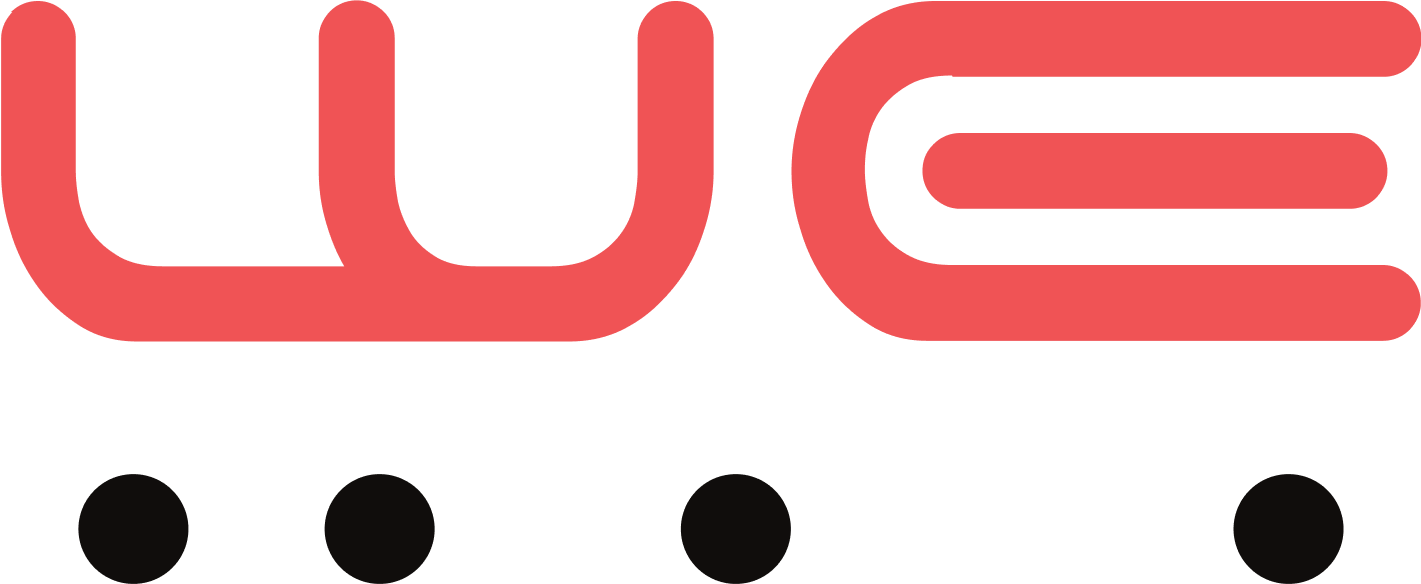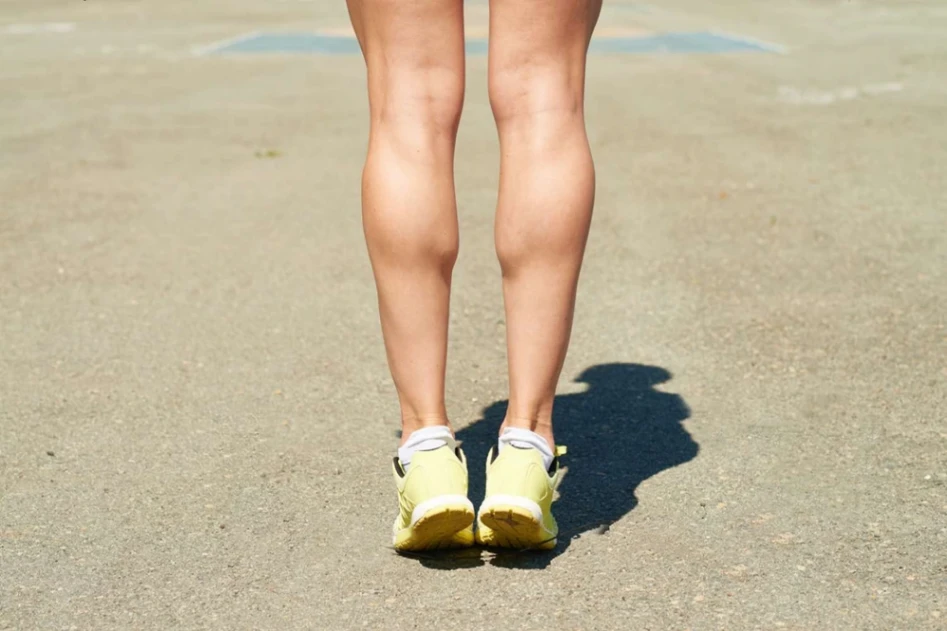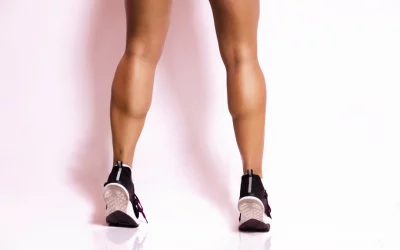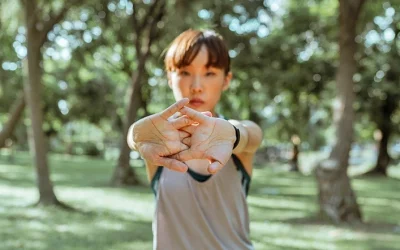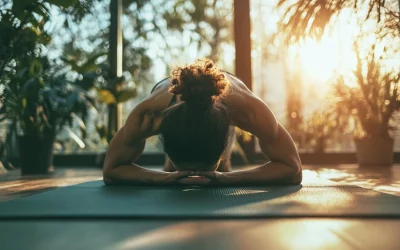When your calves are tight, it’s like your legs are sending you a passive-aggressive memo: “We’re not moving until you fix this!” Suddenly, walking upstairs feels like scaling a mountain, and those stylish shoes? Forget about it. Tight calves don’t just cramp your legs—they cramp your whole vibe.
Your calf muscles may not get the spotlight like your quads or glutes, but they’re the unsung heroes of every step, jump, and stretch. Whether it’s from a killer workout, endless standing, or just life in general, tight calves can sneak up and make everything from walking to lounging a literal pain.
But don’t worry! With a few simple stretches, you can release that tension, improve your flexibility, and get back to moving like the superstar you are. In this article, we’ll walk (comfortably!) through the best calf stretches to keep your legs feeling light, strong, and ready for action. Let’s give those calves the TLC they’ve been begging for!
Why Stretching Your Calves is Essential for Pain Relief and Flexibility
Your calves play a major role in keeping you moving, connecting your knees to your ankles and powering every step, jump, and climb. These hardworking muscles stabilize your lower legs and support your balance, making them essential for both mobility and strength.
When your calves get tight—thanks to long hours on your feet, intense workouts, or even the wrong pair of shoes—it can lead to discomfort, reduced flexibility, and strain in other areas like your ankles or heels. Tight calves can also throw off your posture, making everyday activities feel more taxing than they should.
Common culprits behind tight calves include prolonged standing, high-impact sports like running, or inadequate stretching after exercise. Recognizing these triggers and incorporating regular calf stretches into your routine can help prevent discomfort and improve overall mobility. It’s time to let those calves stretch it out and do what they do best: keep you moving pain-free!
Effective Calf Stretch Techniques to Relieve Pain and Improve Mobility
Standing Wall Calf Stretch
The Standing Wall Calf Stretch is a foundational move for loosening tight calf muscles. It’s simple to perform and targets the larger gastrocnemius muscle, making it ideal for relieving tension after a long day on your feet.
This stretch is especially beneficial as it helps:
-
Elongate the calf muscles, relieving tension and preventing cramps.
-
Improve flexibility, allowing for smoother ankle and foot movements.
-
Ease discomfort caused by standing or walking for extended periods.
To perform the Standing Wall Calf Stretch, follow these steps:
-
Stand facing a wall, placing your hands flat on the surface at shoulder height.
-
Step one foot back, keeping your heel flat on the ground and your back leg straight.
-
Lean into the wall, feeling a stretch along the back of your lower leg.
-
Hold for up to 30 seconds, then switch sides.
This stretch is a quick and effective way to give your calves some much-needed TLC after a busy day.
Step Calf Stretch
![]() The Step Calf Stretch is a simple yet powerful way to target the lower legs. Using a step or curb, this exercise helps improve ankle mobility while stretching the calf muscles.
The Step Calf Stretch is a simple yet powerful way to target the lower legs. Using a step or curb, this exercise helps improve ankle mobility while stretching the calf muscles.
This stretch is especially beneficial as it helps:
-
Enhance flexibility in the calves and Achilles tendon.
-
Prevent stiffness, especially after running or intense physical activity.
-
Support recovery by reducing tension in the lower legs.
To perform the Step Calf Stretch, follow these steps:
-
Stand on a step or sturdy platform with your heels hanging off the edge.
-
Slowly lower your heels below the step, feeling a stretch in your calves.
-
Hold for up to 30 seconds before raising your heels back to the starting position.
-
Repeat 2–3 times for maximum benefit.
This stretch is perfect for warming up or cooling down during workouts.
Seated Towel Stretch
The Seated Towel Stretch is a gentle and effective exercise for releasing calf tension, especially if you’re recovering from a strain or dealing with tightness.
This stretch is especially beneficial as it helps:
-
Loosen calf muscles without putting additional strain on the legs.
-
Support recovery after physical exertion or injury.
-
Improve overall flexibility in the lower legs and feet.
To perform the Seated Towel Stretch, follow these steps:
-
Sit on the floor with your legs extended straight in front of you.
-
Wrap a towel or strap around the ball of one foot, holding the ends with your hands.
-
Gently pull the towel toward you, feeling a stretch along your calf.
-
Hold for up to 30 seconds, then switch sides.
This stretch is ideal for anyone looking for a low-impact way to ease tightness.
Downward Dog Stretch
![]() The Downward Dog Stretch is a yoga-inspired move that works wonders for tight calves and hamstrings. It’s a full-body stretch that’s as calming as it is effective.
The Downward Dog Stretch is a yoga-inspired move that works wonders for tight calves and hamstrings. It’s a full-body stretch that’s as calming as it is effective.
This stretch is especially beneficial as it helps:
-
Loosen tight calf and hamstring muscles.
-
Improve posture by lengthening the spine and engaging the lower body.
-
Promote relaxation while enhancing flexibility.
To perform the Downward Dog Stretch, follow these steps:
-
Start on all fours, with your hands under your shoulders and knees under your hips.
-
Lift your hips toward the ceiling, straightening your legs to form an inverted V-shape.
-
Keep your heels pressing toward the floor to feel a stretch in your calves.
-
Hold for up to 30 seconds, then release.
This stretch is a fantastic way to reset your body and mind after a long day.
Bent Knee Calf Stretch
The Bent Knee Calf Stretch targets the deeper soleus muscle, making it a great complement to traditional calf stretches. It’s especially helpful for recovering from strain or improving mobility.
This stretch is especially beneficial as it helps:
-
Stretch the soleus muscle, which is often neglected in standard stretches.
-
Enhance overall calf mobility and prevent stiffness.
-
Support recovery by promoting blood flow to the lower legs.
To perform the Bent Knee Calf Stretch, follow these steps:
-
Stand near a wall for support, placing your hands on the surface.
-
Step one foot back, keeping your heel flat on the ground and your knee slightly bent.
-
Lean into the stretch, feeling it in the lower part of your calf.
-
Hold for up to 30 seconds, then switch sides.
This stretch is a great way to ensure every part of your calf is cared for.
Taking a few moments each day to practice these stretches can work wonders for your calves. Not only will you feel more flexible, but your lower legs will thank you with smoother, pain-free movement. For guided routines tailored to your needs, visit WeStretch and let Ada and Bruce guide you toward a healthier, more mobile you!
How to Add Calf Stretches to Your Daily Routine
Adding calf stretches to your day is simpler than you might think. Start your mornings with a quick Standing Wall Calf Stretch to wake up your lower legs and set a flexible tone for the day. Before workouts, try the Step Calf Stretch to warm up your muscles and prevent stiffness. In the evening, wind down with the Seated Towel Stretch or Downward Dog for a calming end to your day.
Pairing these stretches with slow, steady breathing helps deepen the stretches and relax your mind, making them even more effective. A few minutes a day can make a big difference in improving mobility, easing tension, and preventing tightness over time.
“I never realized how much my tight calves were holding me back. Since I started stretching regularly, walking, running, and even standing feel so much lighter—it’s like my legs are finally free to move the way they should!”
For step-by-step guidance, explore WeStretch to access tailored routines designed for your needs. It’s an easy way to stay consistent and keep your calves feeling their best.
Exercise Smarter with WeStretch: Your All-in-One Stretching Assistant
A consistent full-body stretching routine is essential for improving flexibility, supporting injury prevention, and enhancing overall well-being. Carefully following simple yet effective stretches targeting the hamstrings, hip flexors, back, quads, chest, and shoulders, individuals of any fitness level can reap the benefits.
Regular stretching, with attention to proper form and consistency, can help you move more freely, recover faster, and feel better in everyday activities.
Looking for a way to add some fun to your stretching routine? Check out WeStretch—an app that’s like your own personal stretch coach! With tailored plans, easy-to-follow demos, and progress tracking, it’s got everything you need to keep you limber and on point. Ready to get flexible? Sign up today and let’s get stretching!
FAQ
What causes tight calf muscles, and how can stretching help?
Tight calf muscles are often caused by prolonged standing, running, wearing unsupportive footwear, or even dehydration. Stretching helps by increasing blood flow, releasing tension, and improving flexibility, which reduces discomfort and supports smoother movement.
How often should I do calf stretches?
Stretch your calves daily or at least 3–5 times per week for the best results. Regular stretching helps maintain flexibility, prevents stiffness, and reduces the risk of injuries, especially if you’re active or on your feet frequently.
Are these stretches suitable for people recovering from an injury?
Yes, but it’s important to start with gentle stretches like the Seated Towel Stretch and consult a healthcare professional to ensure the movements are safe for your recovery. Gradual progression is key to avoiding further strain.
Can calf stretches help with plantar fasciitis?
Absolutely! Calf stretches can reduce tension in the lower leg, which often contributes to plantar fasciitis. Loosening the calf muscles helps alleviate pressure on the Achilles tendon and plantar fascia, supporting pain relief and mobility.
What should I do if my calves feel sore after stretching?
If your calves feel sore, it’s a sign you may have overstretched. Rest, apply a cold compress, and reduce the intensity of your stretches. Ensure you’re warming up beforehand and not pushing beyond a comfortable range of motion.
